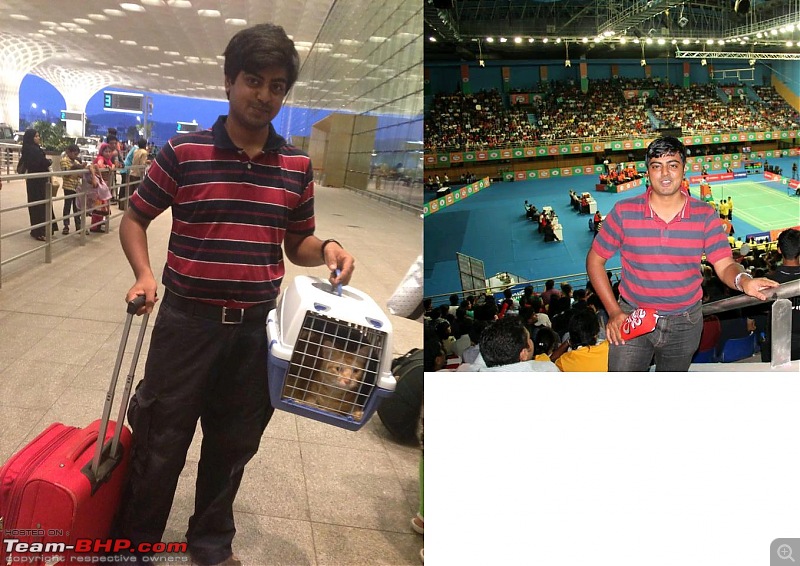After riding an MTB (Trek 4300D) for four years, the last year and a half with slick tires, decided to upgrade to a road bike. A few factors that prompted that it was time to upgrade:
- The first few years of riding the bike with stock knobby tires, I could do an average speed of just 18 or 19kmph and rides of 20km to 30km on an average. Changed to slicks and the average improved to around 22kmph (sometimes 23kmph) and the regular distance increased to 30km to 40km. Any increase in speed required a road bike.
- I recently started riding with a cycling group here in Coimbatore. Most of the riders ride a road bike and used to disappear from my sight in no time.
- I attempted a mountain ride to Kothagiri hills and dropped midway. Though this was in part due to a jammed disc brake, it is still doubtful if I would have finished the ride without this problem.
There were many decisions to be made in selecting the right road bike.
Budget: I started with a budget of 40K. But a friend of mine, who is an avid rider, told me I should rather stick with the Trek 4300 than upgrading to a road bike at 40K. He asked me to either up the budget to at least 60K to 80K or save for a few more months before going for the upgrade. As waiting was not an option, decided to up the budget.
Frame type: The same friend who told me to raise the budget, also suggested me to consider a full carbon frame bike as this will be very light and will absorb the vibrations from our rough roads. But I found that a decent carbon bike would cost upward of 1.5 lakhs. Also the affordable bikes came with low end components, compared to the alloy frames. So, I had to rule out a full carbon frame bike and decided to go with a bike with alloy frame and carbon fork.
Fit: I first started my hunt looking for a frame with an endurance fit. But as I talked to many riders, I found that I could also go with regular fits and make them more comfortable with some tweaks like reducing the stem length, flipping the stem angle etc. Also, as 2014 Fuji Sportif comes with disc brakes which I wanted to avoid (owing to the problems I have faced with my Trek 4300D)
Components: After reading many reviews decided to go with either Tiagra or 105 group set.
With the above criteria, shortlisted the following models.
- Fuji Roubaix 1.3
- Scott Speedster 20 or 30
- Trek 1.5c
- KHS Flite 500
When choosing a road bike, the frame size is very important. Choose a bike with a wrong frame size, you are sure to end up hating biking. Though there are many online tools to choose the right bike frame, nothing beats a test ride. However, I could not find any dealer who had stock of road bikes to test ride. So, I had to make the choice based on the online tools. After checking out various online tools, found that I could use a 54 or 56 size frame (of course the fit between various frame sizes also changed between manufacturers).
Luckily, there were a couple of riders in the group that were riding the Scott Speedster, one was riding a 54 and another a 56. Found 54 to be more comfortable. Also, found a Scott dealer who said he had a Speedster 50 in 54 frame size for a test ride and he himself was riding a 56 frame size. Went and did some decent test rides (2 to 3 km) on both the bikes and finalized the 54 size. With these test rides, I just dropped the others from the list. As Speedster 30 was available in 54, I went ahead and ordered that. This model also happened to be in a combination of white and blue, my preferred color choice.
A few photos of the bike.
Side view.

Front three quarter view.

The front crankset. Speedster comes with either a triple crankset with three cranks or the compact with two cranks. I went for the 50/34 compact crankset.

The rear cassette, 12-30 ten speed.
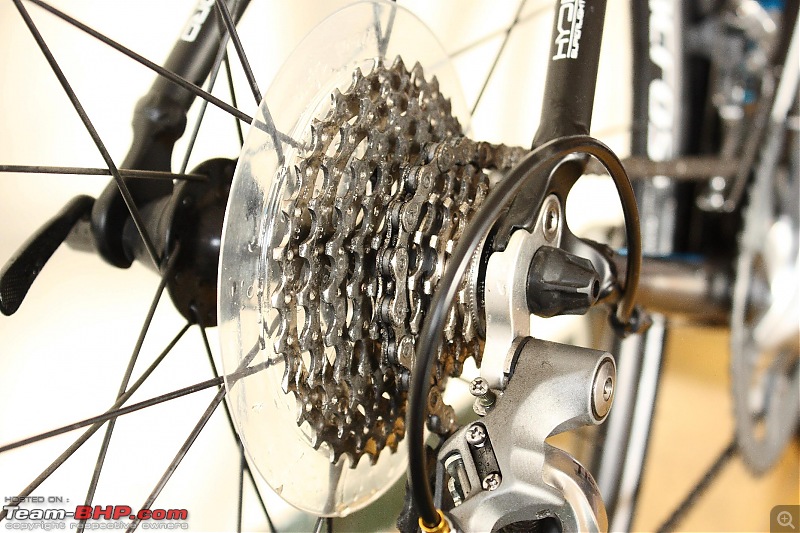
Rear deraileur. Super smooth and quick shifts.

The saddle.
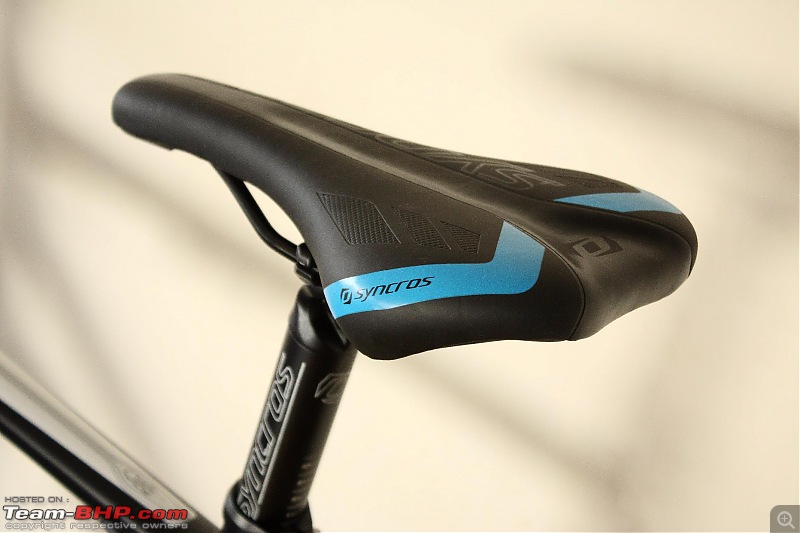
The caliper brakes. They offer decent braking. This was more than enough during the descent in the hill roads of Vaalparai.

Gifted myself this Garmin Edge 500 GPS computer with cadence/speed sensor and heart rate monitor.

The speed/cadence sensor.
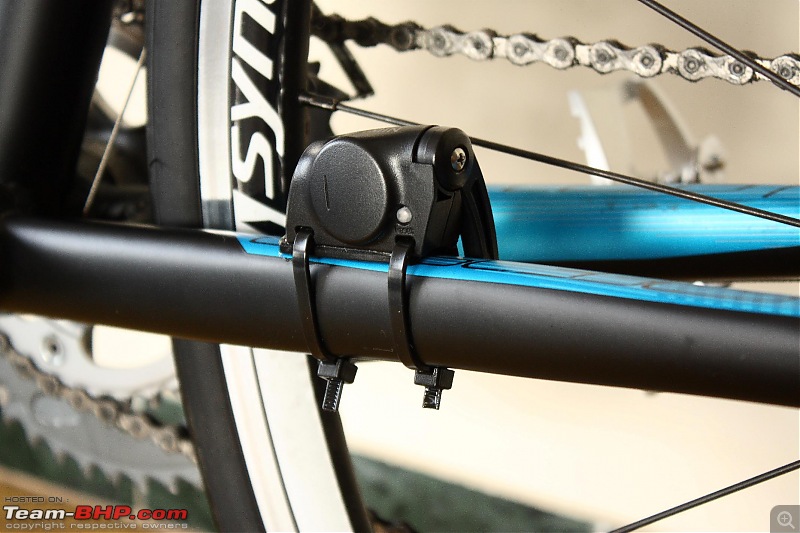
On the advice of many cycling friends, I also decided to go for clipless pedals and shoes. Again there was a choice to make: SPD or SPD-SL. SPD is mostly used by mountain bikers, and SPD-SL is used mostly by road bikers. Both have their advantages. In the SPD touring shoes, the clip is flush with the surface of the sole, so that you can normally walk around (though the sole is a bit stiff). On the other hand, SPD-SL shoes have the clips protruding out and hence one has to walk on their heels. But they provide fantastic power transmission. As I like to get down from the bike and walk around or have that occasional snacks in road side eateries, I decided to go with SPD touring shoes sacrificing some power.
Got these Northwave Fondo touring shoes.
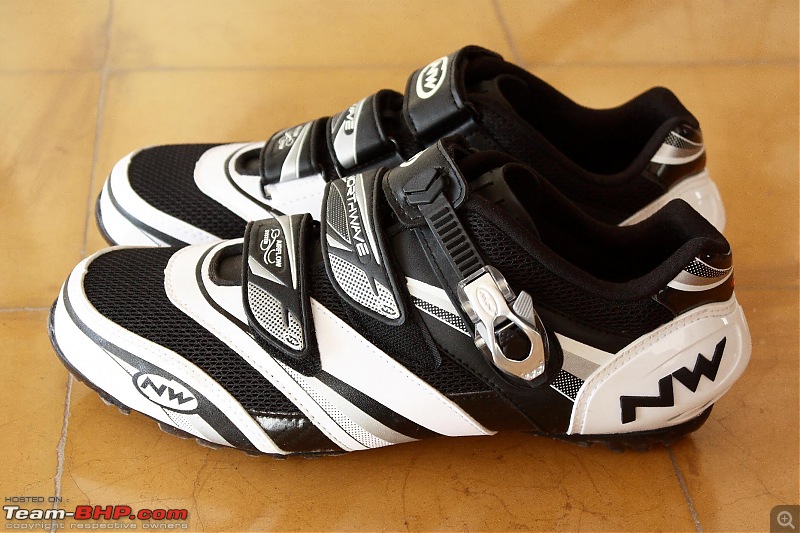
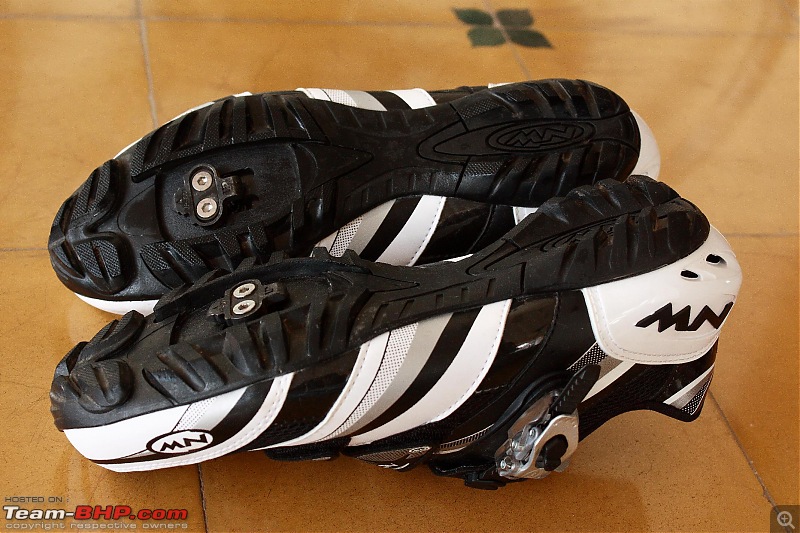
The SPD pedal from VP

The fully loaded bike with two bottles, saddle bag and pump ready for the Vaalparai climb.

I have done about 160km in 3 rides on this bike, and I am loving every km of the ride. My average speed has gone up by a few kmph. The riding group that used to disappear from my sight, now I am able to keep them in my sight (still could not keep up with them). The gear shifts are quick and smooth, the braking is very good and the bike rides and handles well.
I also finished a mountain climb to Vaalparai which is an elevation of about 1300 meters with 40 hairpin bends. Though I took 5 hours to complete the ride (the fittest of the riders did it in a little less than 3 hours), I did manage to finish the ride.

Need to work on the fitness level to get the most out of the bike!


 (1)
Thanks
(1)
Thanks


























 ) for me sure!
) for me sure! 